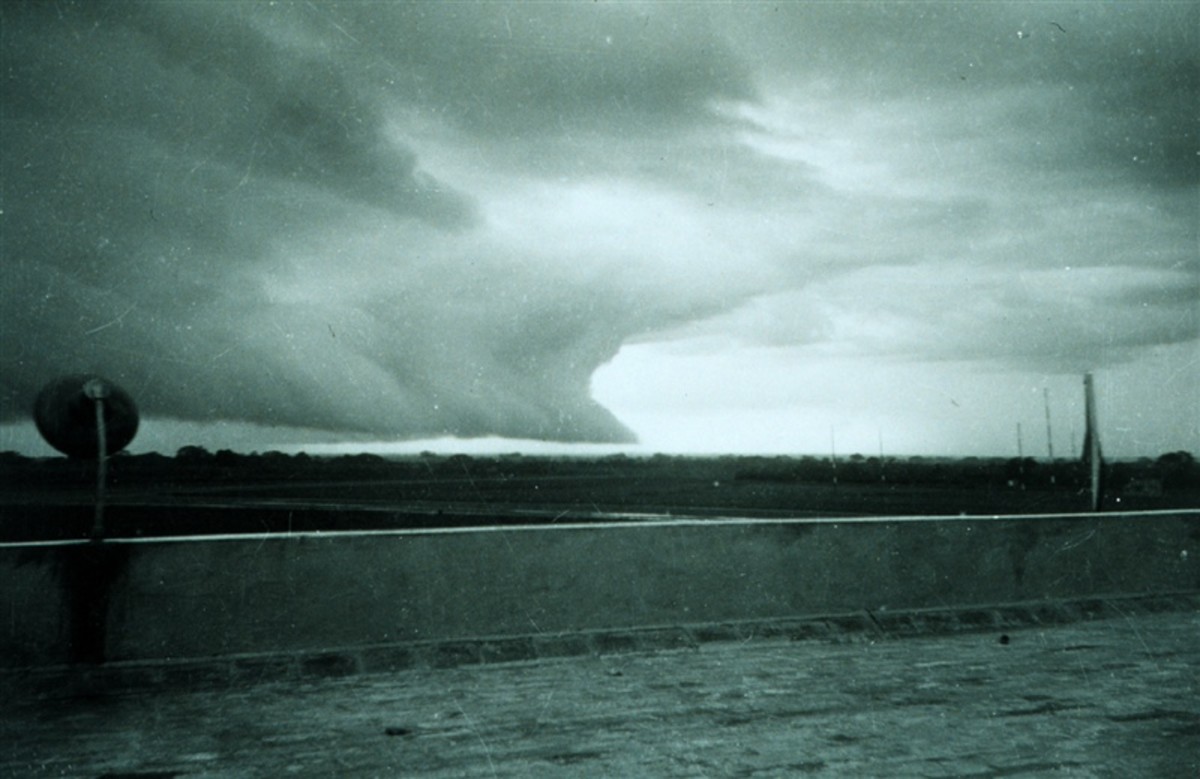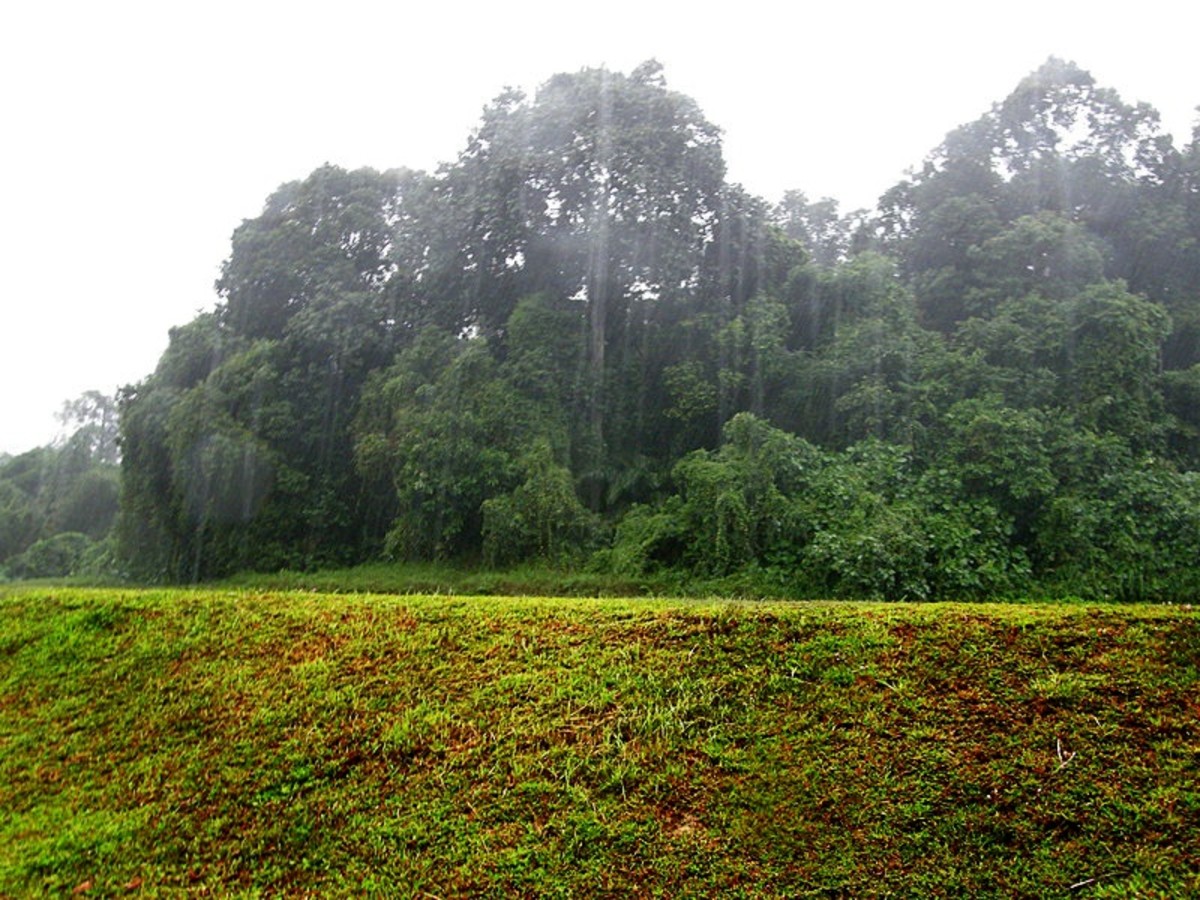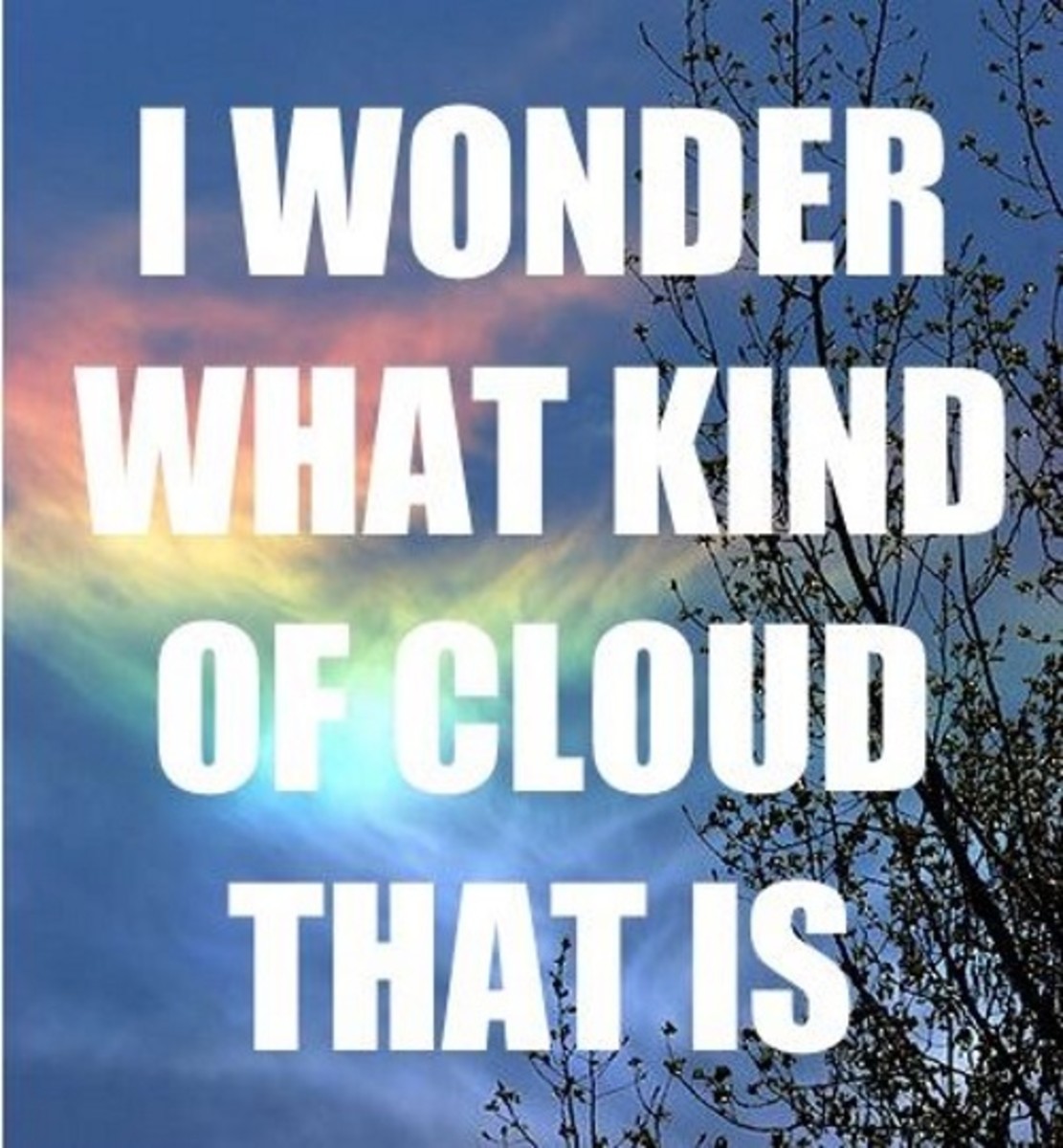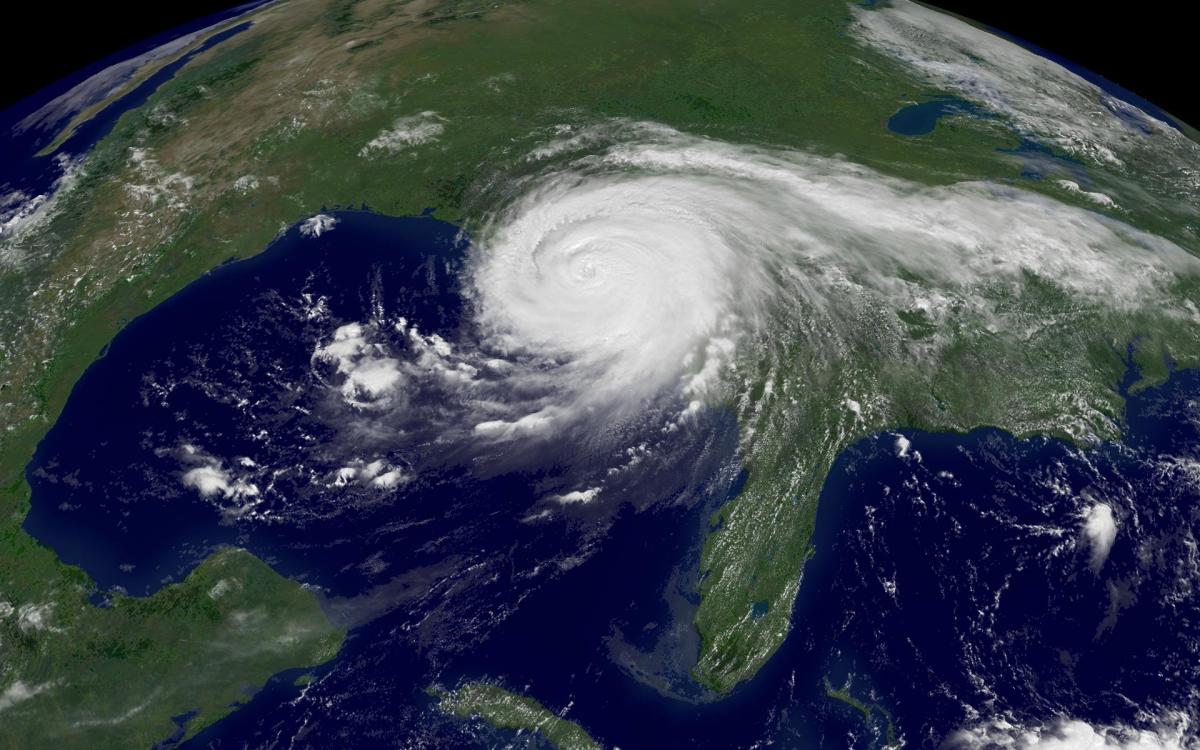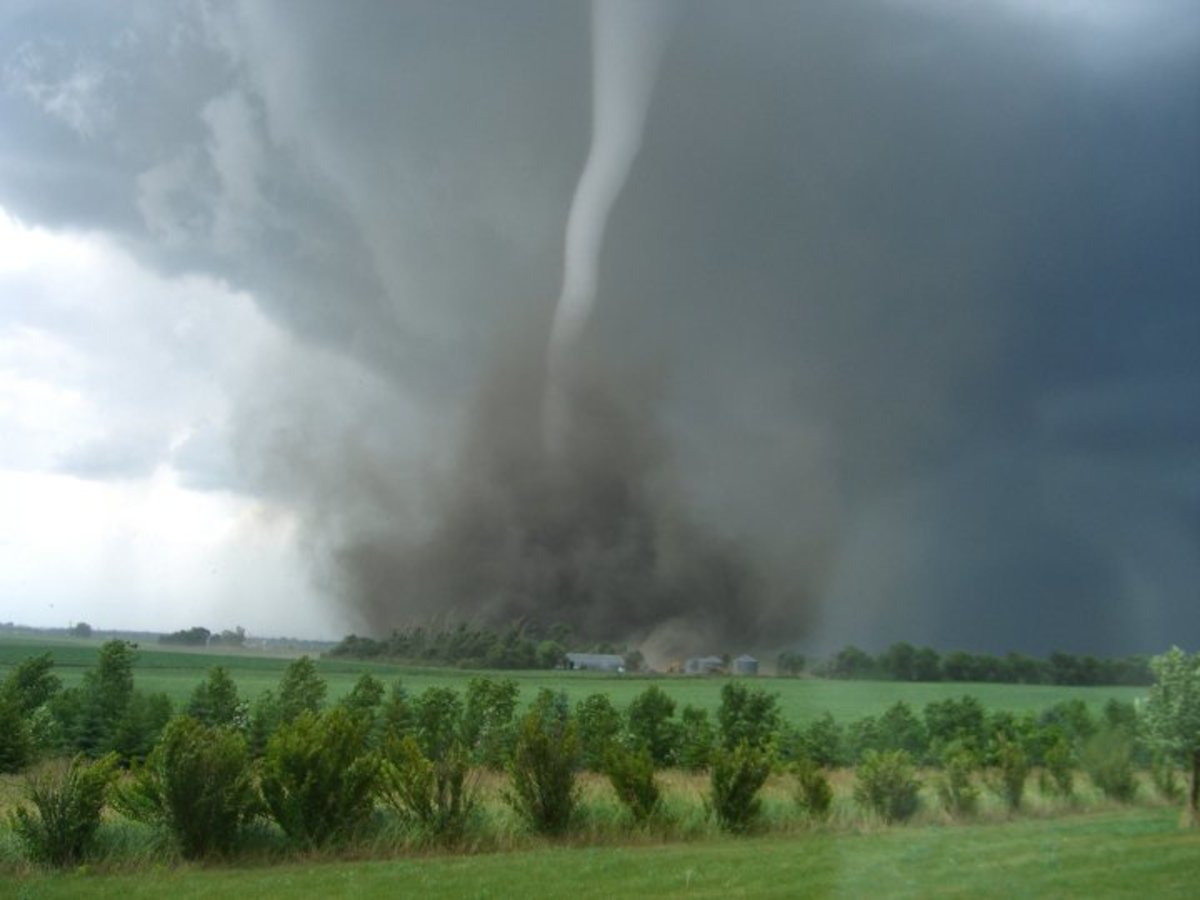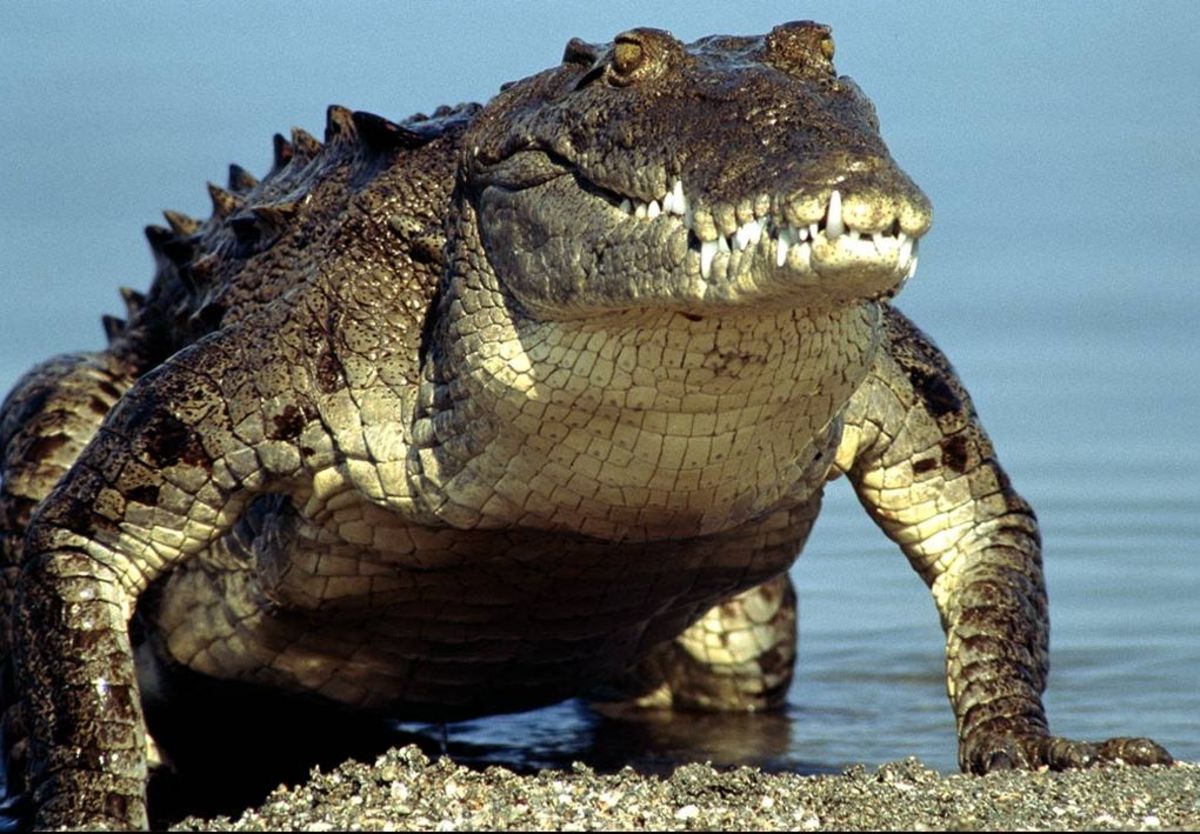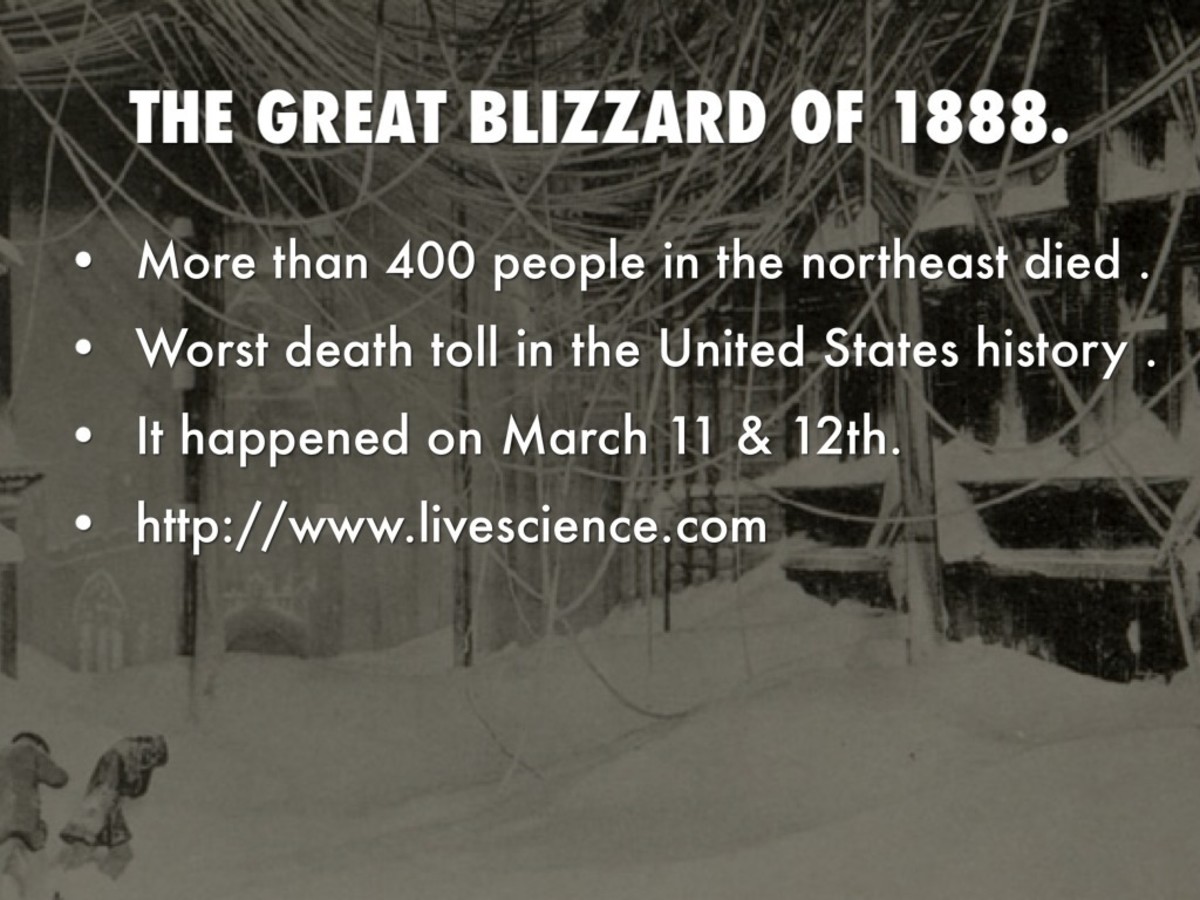Get Lost in the Fog with These Amazing Weather Videos
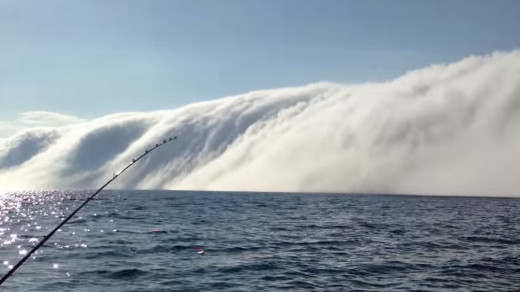
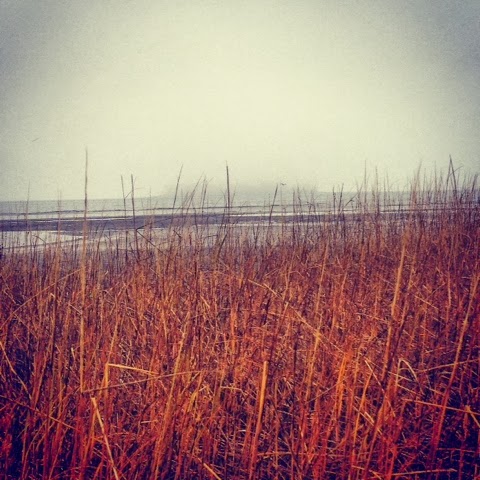
Fog, a mysterious and majestic creature that slowly inundates the land and sea; turning the familiar to the unknown and clarity to haze.
This weather phenomena has been the backdrop to countless scary stories and even featured as a key character in films such as The Fog and songs like Sinatra's 'A Foggy Day'. It's beautiful, yet ominous and makes the perfect setting for any scary story. But does fog really arrive as dramatically as in the movies?
From the spectacular videos below, the answer is YES!
Check out these four videos below to see the beauty and the spectacle that is FOG.
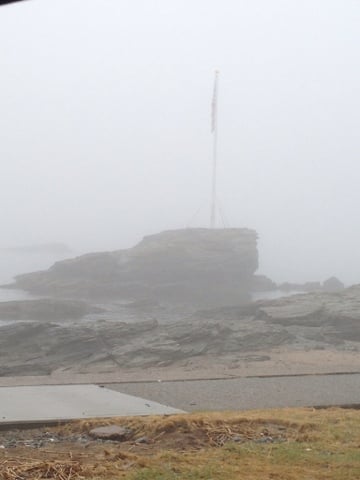
What is Fog?
Simply put, Fog is defined by the National Weather Service (NWS) as "water droplets suspended in the air at the Earth's surface."
Fog is basically a cloud on the ground. It forms due to the combination of cooling temperatures and available moisture in the air. Just like condensation, when moisture filled air is cooled, it condenses and forms water droplets. However, unlike the ones that form on the side of your lemonade glass on a hot summer day, these droplets are so tiny they stay suspended in the air, floating just above the ground.
If you ever walk outside in a fog bank (make sure you're visible and away from traffic!) you can feel these mini droplets on your skin and see them as they collect on your jacket!
A great indicator of fog is when the temperature drops down to the dewpoint. At this point the air cannot get any cooler without getting drier, in other words, the air is completely saturated and the water droplets are able to form at the surface. This same process occurs in the atmosphere when clouds form.
Fog is usually measured by visibility. The NWS determined that "Fog is often hazardous when the visibility is reduced to a ¼ mile or less."
Did You Know?
Did you know there are different types of fog? In fact, there are actually four different types of fog, They are defined by how they form. According to the Discovery Channel, the four types include:
- "Radiation Fog occurs typically in the autumn. It forms when the air closest to the ground is cooled beyond the dew point and occurs mainly in valleys and hollows."
- "Advection Fog can occur at any time of day. It develops when warm air flows over a cold surface, such as water or ice, and can persist for several days. It can also occur when air is forced over rising terrain. As the air rises higher, its pressure decreases and produces adiabatic cooling, which can cause the water vapor to condense."
- "Evaporation Fog forms when water that is warmer than the air evaporates, filling the air beyond its saturation point.
- "Ice Fog occurs in very cold weather and is rare. It forms when water vapor condenses into ice crystals instead of water droplets."
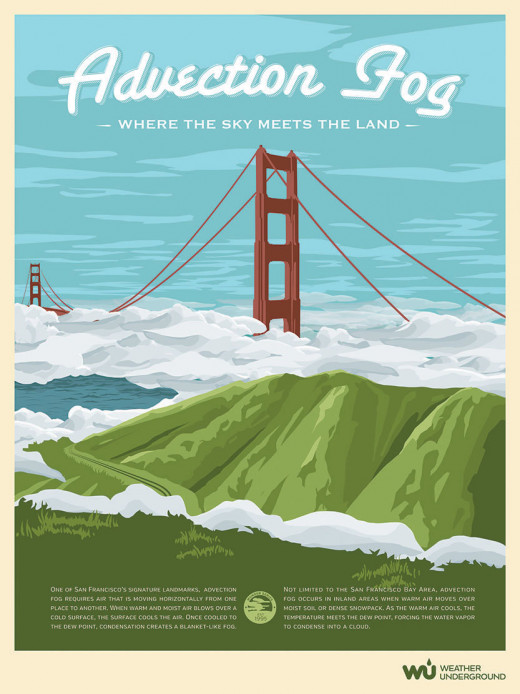
Video 1: Huge Fog Bank Rolling in on Lake Michigan!
Advection Fog
This amazing video above is a perfect example of Advection Fog. As warmer air moves over the cold lake water, a fog bank forms. This interaction produces a spectacular wall of water droplets!
Video 2: Fog Rolling Over Long Range Mountains in Lark Harbour Newfoundland
Above is another great example of ADVECTION FOG, this time over land. As the air is pushed upwards over the rising terrain, the air is cooled and condensed to form the water droplets, which form the fog.
Video 3: Fog Bank - Grand Mana
Video 4: Freaky Beachcomber Fog
'Tule Fog'
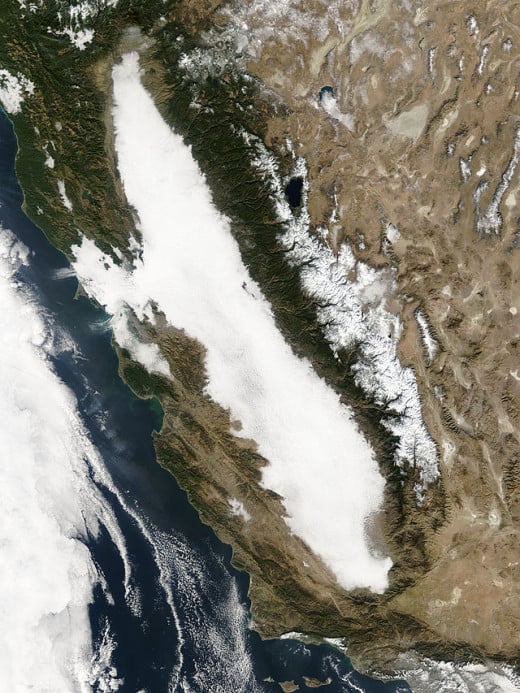
The above photo is a high resolution satellite image of what is called 'Tule Fog'. This is actually radiational fog that has been named based on it's reoccurring factor and it's location.
According to Wikipedia, "Tule fog is a thick ground fog that settles in the San Joaquin Valley and Sacramento Valley areas of California's Great Central Valley." As you can see, the entire Central Valley of California is blanketed in a thick white fog. "Tule fog forms from late fall through early spring (California's rainy season) after the first significant rainfall. The official time frame for tule fog to form is from November 1 to March 31."
A Foggy Day...
Fog is not only a majestic and mystical, it can also be dangerous. The reduction in visibility has caused countless traffic accidents in the past, some even resulting in deaths. It has impacted navigation on the water and in the air as well. Fog has delayed flights and even mixed with pollution to cause smog.
Yet, it's an experience that brings the heavenly clouds down to earth, shrinking our world to mere feet at time with stillness and a soften light.
Many people have experience fog in their lives, some more than others but we can all agree it's an amazing experience that can impact your mood and set the stage for an awesome horror movie!

